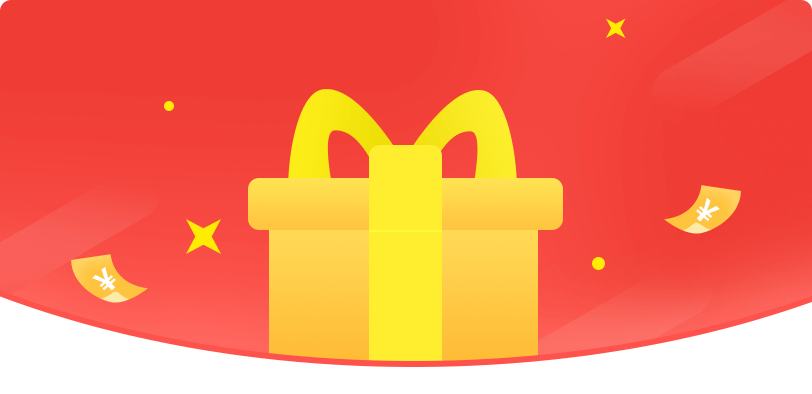Fiber to the Home (FTTH) networks represent a paradigm shift in broadband technology. Unlike traditional copper-based connections, FTTH relies on optical fibers to deliver high-speed internet directly to households. This technology has revolutionized the way we access and experience the internet, enabling faster download and upload speeds, seamless streaming, and reliable connections for activities ranging from online gaming to cloud computing.
Key Terminology and Technologies
-
SC, APC, UPC Connectors:
- SC (Subscriber Connector): Widely used in fiber optics, SC connectors offer a reliable and efficient way to join optical fibers. They are favored for their simplicity and low insertion loss.
- APC (Angled Physical Contact) and UPC (Ultra Physical Contact): These connectors are refined versions of SC connectors. APC connectors feature an angled end-face, which reduces back-reflections, making them suitable for applications where low signal loss is critical. UPC connectors also provide excellent performance, albeit with slightly higher back-reflection compared to APC connectors.
-
XPON, GPON, EPON:
- XPON (Passive Optical Network): This is a collective term encompassing various PON technologies, including GPON and EPON.
- GPON (Gigabit PON): Based on the ITU-T G.984 standard, GPON technology delivers gigabit-level speeds, making it suitable for bandwidth-intensive applications.
- EPON (Ethernet PON): Compliant with the IEEE 802.3 standard, EPON technology employs Ethernet frames for data transmission. It offers cost-effective solutions and is particularly popular in business settings.
-
ONU and ONT:
- ONU (Optical Network Unit): ONU is a device located at the user's premises that communicates with the Optical Line Terminal (OLT) at the service provider's end. It converts optical signals into electrical signals that can be used by end-user devices.
- ONT (Optical Network Terminal): Similar to an ONU, an ONT serves the same purpose but is typically used for residential customers. It acts as a bridge between the fiber-optic line and the end-user's devices, providing Ethernet, voice, and video services.
Advantages of FTTH Networks
FTTH networks offer a host of advantages:
- Higher Bandwidth: Optical fibers provide significantly higher bandwidth compared to traditional copper wires, enabling faster data transfer rates.
- Stability and Reliability: Immune to electromagnetic interference, fiber optics deliver a stable and reliable internet connection, essential for uninterrupted online activities.
- Long-Distance Transmission: Optical signals can be transmitted over long distances without suffering from signal attenuation, making FTTH networks highly efficient for large-scale deployments.
- Future-Proofing: FTTH networks are well-positioned to meet the demands of future technologies, including 5G and high-resolution video streaming.
Conclusion
FTTH networks have emerged as the backbone of modern broadband connectivity, offering unmatched speed, stability, and reliability. The choice of fiber connectors (SC, APC, UPC), PON technologies (XPON, GPON, EPON), and terminal devices (ONU, ONT) collectively contribute to an exceptional user experience. This network architecture is poised to play a pivotal role in meeting the digital demands of the future. Embracing FTTH technology is not just an investment in today's connectivity, but a forward-looking step towards the digital landscape of tomorrow.



